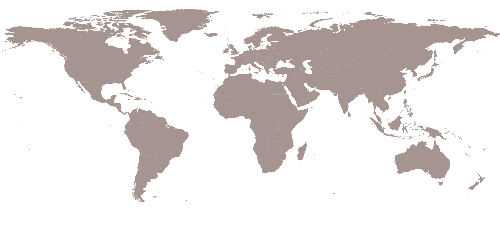The timeless, restrained design is greatly appreciated by the jury. The combination of all secular and religious activities in one complex is also praised; the jury sees it as providing civic space for both genders and promoting the education of women and their presence within the community.
Global Holcim Awards Jury 2018
Combining ancient and modern building techniques, an old mosque becomes a vibrant community library, while a new mosque creates civic space for all.
The Hikma Complex in Dandaji, Niger, stands as a testament to the power of architecture in preserving cultural heritage while addressing contemporary needs. The project was conceived during a pivotal moment when the local community was considering demolishing the old mosque in favor of a concrete replacement. Upon hearing this, Mariam Issoufou and Yasaman Esmaili decided to intervene, recognizing the value of preserving the adobe structure, which was originally designed by a renowned local mason who had previously won an Aga Khan Award for Architecture in 1986.
This project, much like Issoufou and Esmaili’s broader architectural ethos, emphasizes community-driven, inclusive design, demonstrating how architecture can elevate both environmental and social sustainability. We now sit down with Mariam Issoufou to explore the inspiration behind this transformative project, its impact on the community, and how the recognition from the Holcim Foundation shaped her career.
A Civic Vision: Architecture for Inclusivity and Empowerment
The Global Holcim Foundation Awards 2018 jury celebrated the project’s timeless and restrained design, noting its architectural clarity and enduring aesthetic. The decision to co-locate religious and secular functions within a single civic complex was especially praised for its inclusive approach—creating a shared space that supports both genders and fosters women’s education and community presence.
The project is also seen as a strategic intervention in support of local artisanship and traditional building practices. By prioritising materials produced in situ and time-honoured fabrication methods, the project positions itself as a compelling alternative to high-tech sustainability models. Instead, it embraces a grounded and culturally rooted vision of sustainable construction that is both innovative and regenerative.
Photographs of the construction process further enhanced the submission, offering convincing evidence of the project team’s vision being successfully realised on the ground.
Rooted in Place: Respecting Tradition and Community
The Holcim Foundation Awards 2017 jury for Middle East & Africa expressed strong appreciation for the project’s respectful reuse of an existing religious structure and its deep engagement with the social and spatial fabric of the village. The design is seen as an intelligent and contextually sensitive reinterpretation of local tradition—one that is very much at home in its setting. Particularly commendable were the believable and vivid depictions of community life the project presented, which added to its authenticity and emotional resonance.
The integration of traditional and new forms, materials, and techniques offers a powerful model for preserving and evolving local knowledge. The project’s use of passive climate strategies—such as cross ventilation and thermal mass typical of traditional Sahelian architecture—demonstrates a sophisticated approach to environmental sustainability. In addition, the project engages with the layered history of the site and affirms architecture’s role in creating meaningful spaces that unite and empower communities.






















